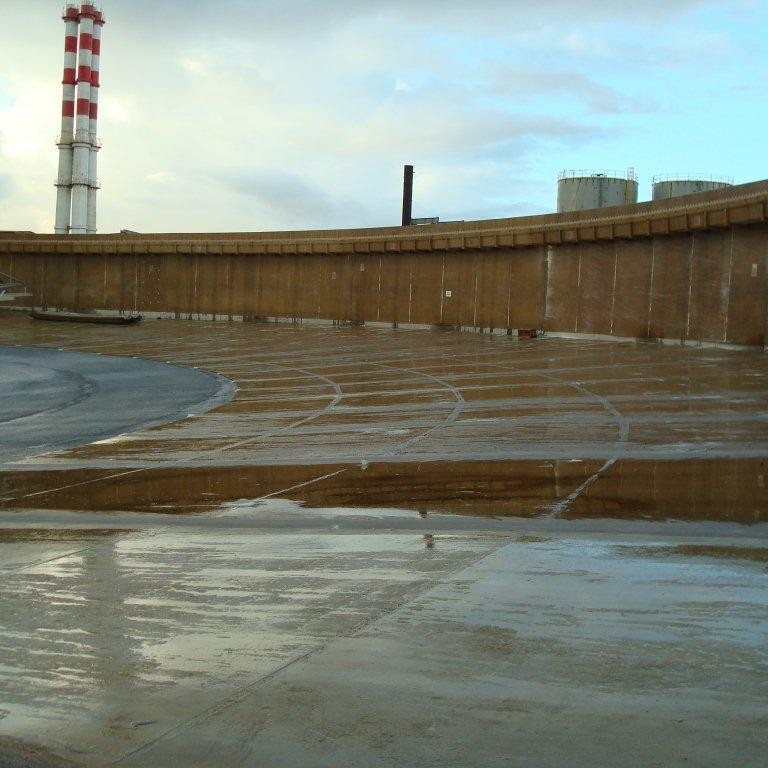
-
 Afrikaans
Afrikaans -
 Albanian
Albanian -
 Amharic
Amharic -
 Arabic
Arabic -
 Armenian
Armenian -
 Azerbaijani
Azerbaijani -
 Basque
Basque -
 Belarusian
Belarusian -
 Bengali
Bengali -
 Bosnian
Bosnian -
 Bulgarian
Bulgarian -
 Catalan
Catalan -
 Cebuano
Cebuano -
 China
China -
 China (Taiwan)
China (Taiwan) -
 Corsican
Corsican -
 Croatian
Croatian -
 Czech
Czech -
 Danish
Danish -
 Dutch
Dutch -
 English
English -
 Esperanto
Esperanto -
 Estonian
Estonian -
 Finnish
Finnish -
 French
French -
 Frisian
Frisian -
 Galician
Galician -
 Georgian
Georgian -
 German
German -
 Greek
Greek -
 Gujarati
Gujarati -
 Haitian Creole
Haitian Creole -
 hausa
hausa -
 hawaiian
hawaiian -
 Hebrew
Hebrew -
 Hindi
Hindi -
 Miao
Miao -
 Hungarian
Hungarian -
 Icelandic
Icelandic -
 igbo
igbo -
 Indonesian
Indonesian -
 irish
irish -
 Italian
Italian -
 Japanese
Japanese -
 Javanese
Javanese -
 Kannada
Kannada -
 kazakh
kazakh -
 Khmer
Khmer -
 Rwandese
Rwandese -
 Korean
Korean -
 Kurdish
Kurdish -
 Kyrgyz
Kyrgyz -
 Lao
Lao -
 Latin
Latin -
 Latvian
Latvian -
 Lithuanian
Lithuanian -
 Luxembourgish
Luxembourgish -
 Macedonian
Macedonian -
 Malgashi
Malgashi -
 Malay
Malay -
 Malayalam
Malayalam -
 Maltese
Maltese -
 Maori
Maori -
 Marathi
Marathi -
 Mongolian
Mongolian -
 Myanmar
Myanmar -
 Nepali
Nepali -
 Norwegian
Norwegian -
 Norwegian
Norwegian -
 Occitan
Occitan -
 Pashto
Pashto -
 Persian
Persian -
 Polish
Polish -
 Portuguese
Portuguese -
 Punjabi
Punjabi -
 Romanian
Romanian -
 Russian
Russian -
 Samoan
Samoan -
 Scottish Gaelic
Scottish Gaelic -
 Serbian
Serbian -
 Sesotho
Sesotho -
 Shona
Shona -
 Sindhi
Sindhi -
 Sinhala
Sinhala -
 Slovak
Slovak -
 Slovenian
Slovenian -
 Somali
Somali -
 Spanish
Spanish -
 Sundanese
Sundanese -
 Swahili
Swahili -
 Swedish
Swedish -
 Tagalog
Tagalog -
 Tajik
Tajik -
 Tamil
Tamil -
 Tatar
Tatar -
 Telugu
Telugu -
 Thai
Thai -
 Turkish
Turkish -
 Turkmen
Turkmen -
 Ukrainian
Ukrainian -
 Urdu
Urdu -
 Uighur
Uighur -
 Uzbek
Uzbek -
 Vietnamese
Vietnamese -
 Welsh
Welsh -
 Bantu
Bantu -
 Yiddish
Yiddish -
 Yoruba
Yoruba -
 Zulu
Zulu
Creating a New Approach to Streamline Pipe Management in the Industry
Understanding RTRP and its Implications in Pipe Design
The world of engineering is rife with acronyms, each representing complex concepts that ensure the safe and effective design, implementation, and maintenance of various systems. One such acronym, RTRP, stands for Reinforced Thermosetting Resin Pipe. This innovative piping material offers remarkable advantages over traditional materials, making it a favorable choice in several industries. In this article, we will explore what RTRP pipes are, their benefits, and their applications.
RTRP pipes are constructed from a thermosetting resin that undergoes a curing process, resulting in a durable and rigid structure. The reinforcement typically comprises glass or carbon fibers, enhancing the mechanical strength and resistance of the pipe. This combination of materials gives RTRP pipes a unique set of properties that make them suitable for a wide range of applications, particularly in environments where standard materials might falter.
Understanding RTRP and its Implications in Pipe Design
Additionally, RTRP pipes are lightweight compared to their metal counterparts. This attribute significantly reduces transportation and installation costs. Contractors can easily handle and install RTRP pipes, leading to faster project completion times and lower labor costs. Their lighter weight also contributes to reduced greenhouse gas emissions during transport, aligning with modern sustainability goals.
rtrp pipe

Another critical benefit is the thermal insulation properties of RTRP pipes. They have lower thermal conductivity compared to metal pipes, which means they can maintain the temperature of fluids within them more effectively. This characteristic is advantageous not only in reducing energy consumption but also in minimizing heat loss in hot water systems and preventing condensation in cold water systems. Consequently, RTRP pipes can be an integral part of energy-efficient building designs.
RTRP pipes are also resistant to UV radiation and other environmental factors, making them suitable for outdoor applications. Their inert nature prevents degradation from sunlight, ensuring that they maintain their integrity over long periods, which is crucial in industries that operate in varied climates.
The versatility of RTRP has led to its application in various sectors. In the municipal sector, it is ideal for potable water systems, sewer lines, and as a conduit for telecommunications and power systems. In industrial settings, RTRP pipes are used for transporting chemicals, oil, and other fluids. The automotive industry is also leveraging RTRP for specific applications where weight reduction without compromising strength is crucial.
However, it is essential to consider some drawbacks. RTRP pipes can be more expensive to manufacture than traditional materials, which may be a limiting factor for some projects. Additionally, if not installed correctly, the integrity of the piping system can be compromised. Therefore, specialized training for installation personnel is crucial to ensure that the benefits of RTRP are fully realized.
In conclusion, RTRP pipes represent a significant advancement in piping technology, offering numerous benefits such as corrosion resistance, lightweight, thermal insulation, and UV resistance. While there are challenges to overcome regarding cost and installation expertise, the advantages they provide make RTRP pipes an attractive option for various applications. As industries seek more sustainable and efficient solutions, the adoption of materials like RTRP will likely continue to grow, paving the way for innovative designs that meet modern standards.
Latest news
-
Exploring the Benefits of Top Hammer Drifter Rods for Enhanced Drilling PerformanceNewsJun.10,2025
-
High-Precision Fiberglass Winding Machine for GRP/FRP Pipe Production – Reliable & Efficient SolutionsNewsJun.10,2025
-
FRP Pipes & Fittings for Shipbuilding - Corrosion-Resistant & LightweightNewsJun.09,2025
-
Premium FRP Flooring Solutions Durable & Slip-ResistantNewsJun.09,2025
-
Premium Fiberglass Rectangular Tanks Durable & Lightweight SolutionNewsJun.09,2025
-
Tapered Drill String Design Guide Durable Performance & UsesNewsJun.09,2025









